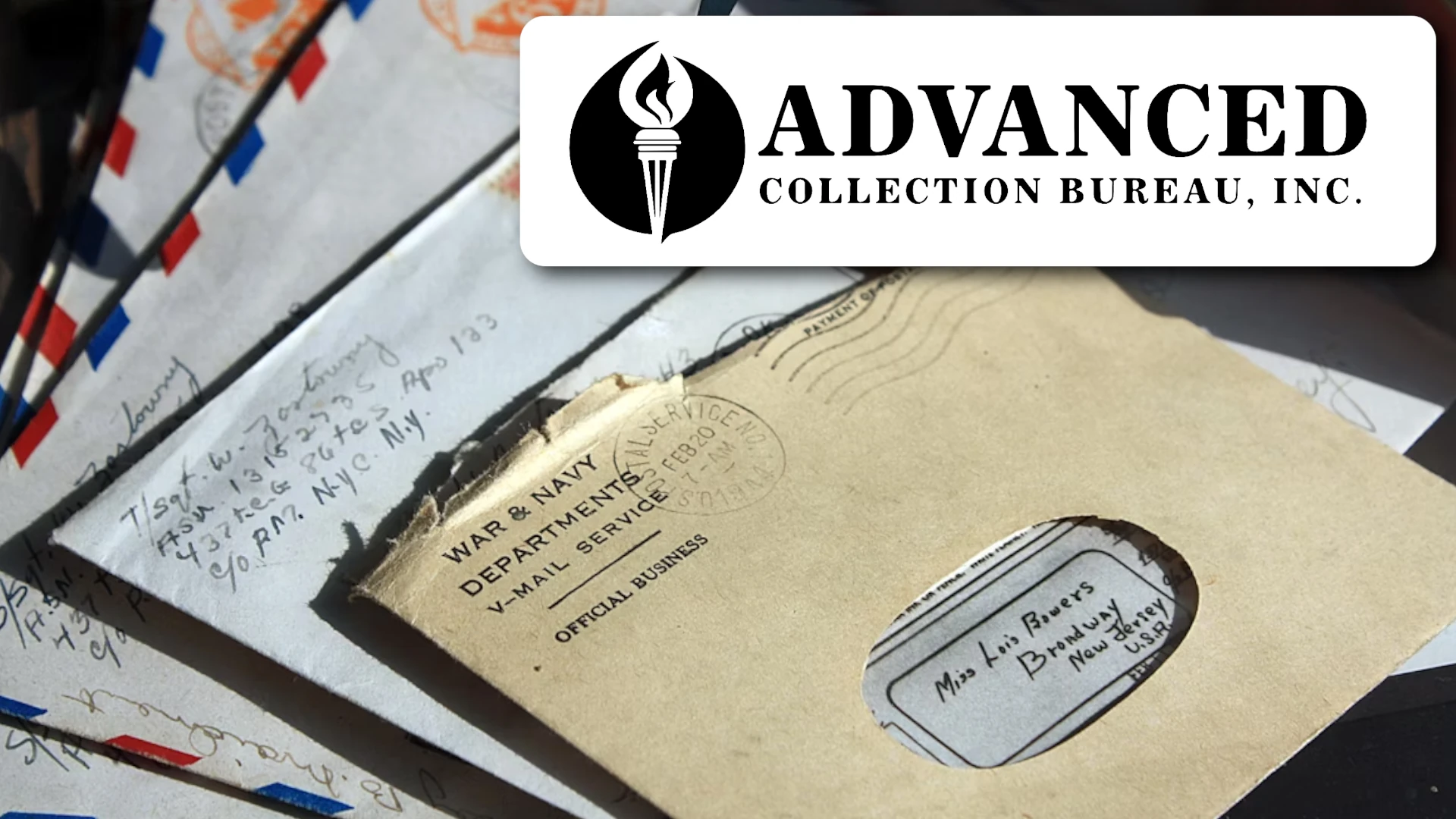Receiving a debt collection letter can be intimidating, even when you’re sure the debt is legitimate. Whether it’s your first time hearing from a collection agency or you’ve received multiple notices, how you respond can make a major difference in how the situation unfolds.
Ignoring the letter is never a good idea—it could lead to legal action or negative marks on your credit report. Instead, taking a clear, calm, and informed approach is the best way to protect your rights and find a resolution. This guide will walk you through how to respond to a debt collection letter and what steps to take next.
Step 1: Review the Letter Carefully
Collection letters must contain certain information under the Fair Debt Collection Practices Act (FDCPA), including:
- The name of the original creditor
- The total amount owed
- Your right to dispute the debt within 30 days
If this information is missing or unclear, make note of it. This could be a red flag. To better understand what collectors are legally required to provide, see our detailed guide: A Breakdown of the Fair Debt Collection Practices Act.
Step 2: Verify the Debt
Before paying anything, confirm that the debt is actually yours and that the amount is correct. Even legitimate debts can be misstated due to interest, fees, or reporting errors.
You have the right to request verification of the debt within 30 days of receiving the letter. Send a written request (certified mail is recommended) asking the collection agency to provide:
- Documentation proving you owe the debt
- A full breakdown of the amount due
- Proof they have the authority to collect
For a sample letter you can use, check out Sample Answer to a Debt Collection Lawsuit—the principles apply even outside court settings.
Step 3: Respond in Writing
Even if you plan to pay or negotiate, respond in writing. Verbal agreements are harder to prove and don’t offer the same protection. A well-drafted letter should:
- Clearly state your intent (dispute, pay, negotiate, or request more info)
- Include your name and account number
- Be dated and signed
Keep a copy for your records and send your letter via certified mail with a return receipt requested.
If you believe the debt isn’t yours or has already been resolved, learn how to proceed by reading How to Dispute a Debt Collection Claim.
Step 4: Consider Your Next Steps
Once the agency responds to your verification request, you have several options:
- Pay in full: If the debt is valid and you can afford to pay it, resolving it may stop collection activity and protect your credit.
- Negotiate a settlement: Some agencies will accept partial payments to close the debt. Always get settlement terms in writing before paying.
- Dispute the debt: If the agency can’t verify the debt or it’s not yours, you have a right to challenge it.
- Consult legal help: If the debt is significant or you’re being threatened with a lawsuit, consider speaking with an attorney.
ACB’s Commitment to Ethical Debt Recovery
At Advanced Collection Bureau, we understand how stressful receiving a collection letter can be. That’s why we train our team to work professionally, respectfully, and within all legal guidelines. Our goal is to resolve accounts fairly while keeping open lines of communication.
We also know not every situation is black and white. If you’ve received a letter from ACB and want to understand your options, we’re here to help. Clear documentation, fair negotiations, and mutual respect are part of how we do business.
To understand how debt impacts your credit, see How Credit Bureau Collection Services Impact Your Credit.
Whether you're disputing a balance or working to resolve it, responding to a debt collection letter the right way gives you control. Don’t delay. Take informed action.
Need help understanding your collection letter or resolving an outstanding balance? Visit advancedcb.com/contact to speak with our team.














